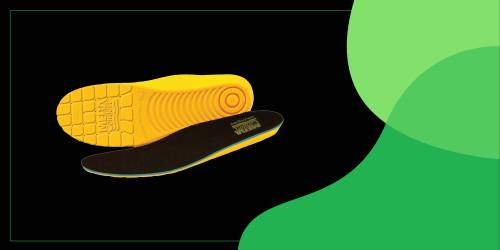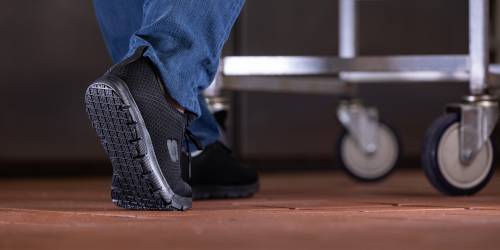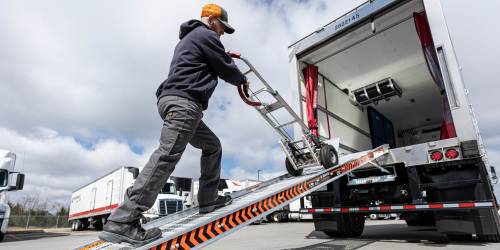01/31/2024
What is MaxTRAX®?

Picture an avalanche, a massive avalanche of mediocre shoes trying to pass for something that’s safe for the workplace. When we first started out, that’s what it felt like we were up against, and in many ways we still are.
Tons of subpar shoes out there get a “slip resistant” label each and every day. What’s scary is that many employers still look to this label alone as gospel truth, which means that many of their people are unknowingly working without effective protection from slip-and-fall accidents.
Enter SR Max®. As a team of innovators and problem solvers, you can bet we didn’t just sit around and wait for a solution to pop up out of thin air. Since our founding more than 15 years ago, we’ve prided ourselves on staying nimble and true to our values. That’s how we’ve been able to provide our customers with the protection they need and make them feel like they can really get out there and own their workday.
Needless to say, we got our hands dirty and worked tirelessly to come up with a solution to the “slip resistant” problem.
The result?
We created and patented our own slip-resistant outsole that can handle a whole host of slippery work environments. We call it MaxTRAX®, and we absolutely love it because it goes way beyond basic ASTM requirements and does its job on dry (of course), wet, oily and oily/wet surfaces.

A lot of times there’s confusion around ASTM standards and how well slip-resistant shoes actually perform in the real world. From our perspective, ASTM provides a good starting point, but it’s just that: a starting point. Depending on your unique workplace risks, there’s a good chance that just relying on ASTM standards won’t provide enough protection.
This is especially true for any environment that has grease, oil or combination of oil and water. Why? Because (you might want to sit down for this one) the ASTM labeling standard only requires testing using the ASTM F2913 testing method, which only accounts for dry and wet surfaces. That doesn’t do a lot for people in the automotive, food and beverage production or restaurant industries.
As far as we’re concerned, relying solely on the ASTM F2913 testing method isn’t enough. You might pay for not considering the specifics of your working conditions closely enough, and usually it’s in the form of costly workers’ comp claims or time away from work because of a slip-and-fall injury. The good news is that MaxTRAX® has you completely covered.
In fact, what’s so cool about MaxTRAX® is that it’s designed to channel liquids—both water and oil—away from your feet while applying a kung fu grip to the floor (There’ll be no “ice skating” around with our exclusive outsole). Even when independently tested in actual working conditions, our patented outsole proves itself time and time again.
It’s so effective that many of our favorite brands use it.
We’re talking about Timberland PRO®, Reebok Work, SKECHERS, Wolverine, and Florsheim (a little name dropping never hurt anyone).

We’re proud to see that our hard work means employees can worry less about what’s on their feet, and safety managers can focus on other things. But that couldn’t have happened, and we couldn’t go on discovering more solutions for customers through our customizable corporate programs, without the diligence, creativity and all-around rockstar qualities of our SR Max® family.
Categories: Q & A | Authored by: Jordan Mott, VP of Sales and Bryan McMillan, Copywriter | Posted: 01/31/2024


